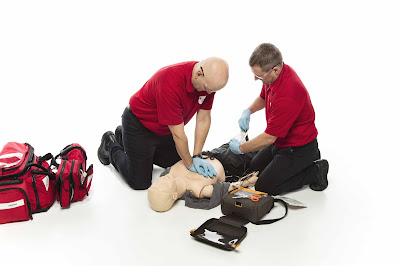Mastering Remote First Aid: Empowering Yourself for Unexpected Situations
When venturing into remote or outdoor environments, being equipped with the knowledge and skills of remote first aid is crucial. Unlike urban areas where immediate medical assistance is readily available, remote locations present unique challenges and require individuals to be self-reliant in emergencies.
Mastering remote first aid empowers you to respond effectively to injuries and illnesses in isolated settings and increases the chances of successful outcomes.
This article will explore key concepts and techniques of remote first aid, providing you with the knowledge and confidence to handle unexpected situations in remote environments.
Assessing the Situation
In remote areas, proper assessment of the situation is vital for determining the appropriate course of action. Begin by ensuring your own safety and that of others present. Assess the nature and severity of the injury or illness, considering environmental conditions, access to resources, and the availability of communication or transportation options. This initial evaluation will help you prioritise and make informed decisions for providing effective remote first aid.
Basic Life Support
Having a solid foundation in basic life support techniques is essential for remote first aid. Cardiopulmonary resuscitation (CPR), including chest compressions and rescue breaths, is a critical skill to learn. Understanding how to recognise and respond to choking, severe bleeding, or cardiac arrest can be life-saving in remote settings. Training in these techniques and regularly refreshing your skills will prepare you to intervene in life-threatening situations.
Wound Management and Infection Control
In remote environments, proper wound management and infection control are of utmost importance. Learning how to clean and dress wounds using available resources is essential for preventing infection and promoting healing. Knowledge of basic wound closure techniques, such as butterfly closures or sterile adhesive strips, can be valuable in situations where immediate medical attention is not readily accessible. Additionally, understanding the principles of infection control, including hand hygiene and the use of personal protective equipment, will help minimise the risk of complications.
Environmental Considerations
Remote environments often pose unique challenges related to the surroundings and conditions. Familiarise yourself with common environmental hazards, such as extreme temperatures, altitude sickness, or encounters with wildlife. Learn to recognise the signs and symptoms of environmental emergencies and be prepared to provide appropriate first aid. For example, knowing how to prevent and manage hypothermia, heat exhaustion, or dehydration can make a significant difference in the outcome of an emergency.
Improvisation and Resourcefulness
In remote settings, you may not have access to traditional first aid supplies or medical equipment. Developing improvisation skills and resourcefulness is essential for making do with what you have. Use readily available materials to learn how to create makeshift splints, slings, or bandages. Improvise methods for stabilising injuries or transporting injured individuals when professional assistance is not immediately available. Thinking creatively and adapting to the circumstances can be invaluable in remote first aid situations.
Mastering remote first aid empowers you to navigate unexpected situations in remote environments confidently. Regular training, practice, and staying updated with current first aid guidelines are essential in maintaining your proficiency.




Comments
Post a Comment